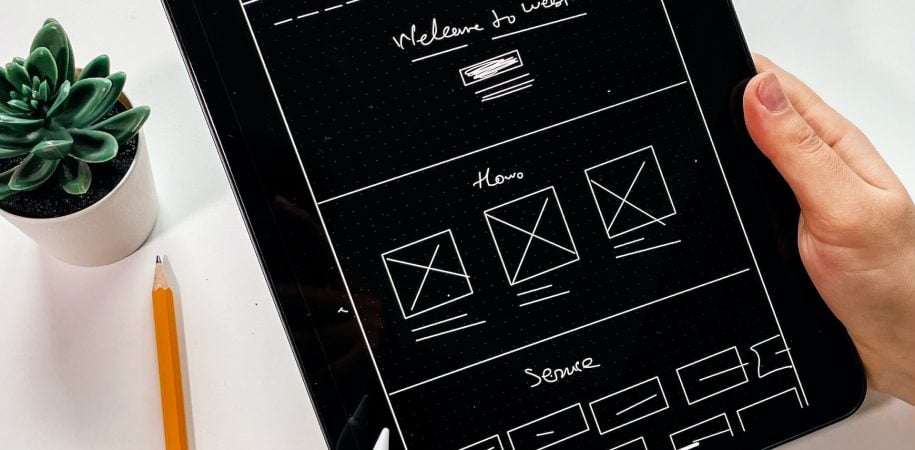
UI/UX Designing
User Interface (UI) and User Experience (UX) design play a pivotal role in creating digital products that are not only visually appealing but also intuitive, enjoyable, and effective in meeting user needs. Here are key aspects of UI/UX designing:
User Research:
- Conducting user research to understand the target audience, their behaviors, needs, and pain points is the foundation of effective UI/UX design.
Wireframing:
- Creating wireframes involves sketching the basic layout and structure of the interface, outlining the placement of elements without focusing on visual design. It helps in planning the overall user flow.
Prototyping:
- Prototypes allow designers to create interactive representations of the final product. This helps in testing usability and functionality before the actual development phase.
Information Architecture:
- Organizing and structuring content in a way that makes sense to users, ensuring easy navigation and a clear hierarchy of information.
Visual Design:
- UI design focuses on the aesthetics of the interface, including color schemes, typography, icons, and overall visual style. Consistent branding and a visually pleasing design contribute to a positive user experience.
Responsive Design:
- Ensuring that the design is responsive and adapts seamlessly to various screen sizes and devices is essential for a consistent user experience across platforms.
Interaction Design:
- Designing interactive elements and defining how users will engage with the interface, including animations, transitions, and feedback mechanisms.
Typography:
- Choosing appropriate fonts and text styling to enhance readability and convey the brand personality.
Color Theory:
- Understanding the psychological impact of colors and using them strategically to convey emotions, highlight important elements, and maintain brand consistency.
Usability Testing:
- Conducting usability tests to gather feedback from real users, identify pain points, and make iterative improvements to the design.
Accessibility:
- Ensuring that the design is accessible to users with disabilities by following accessibility guidelines (such as WCAG) and incorporating features like alt text, proper contrast, and keyboard navigation.
Microinteractions:
- Adding subtle animations or microinteractions to provide visual feedback, guide users, and enhance the overall user experience.
Persona Development:
- Creating user personas based on research findings to humanize and understand the target audience better.
User Flow Design:
- Mapping out the user journey through the application or website to ensure a logical and intuitive progression from one step to the next.
Feedback Loops:
- Implementing feedback mechanisms to inform users about the success or failure of their actions, helping to reduce confusion and enhance user confidence.
Consistency Across Platforms:
- Ensuring a consistent design language and user experience across different platforms (web, mobile, etc.) to maintain brand identity and user familiarity.
Continuous Iteration:
- UI/UX design is an iterative process, and continuous improvement is crucial. Analyzing user feedback and adapting the design based on evolving user needs and technological advancements.
By addressing these aspects, UI/UX designers create digital experiences that not only look great but also resonate with users, making their interactions seamless, enjoyable, and ultimately driving the success of the digital product.
+254 729 873 329
Monday – Sunday: 9:00 am -10:00 pm

